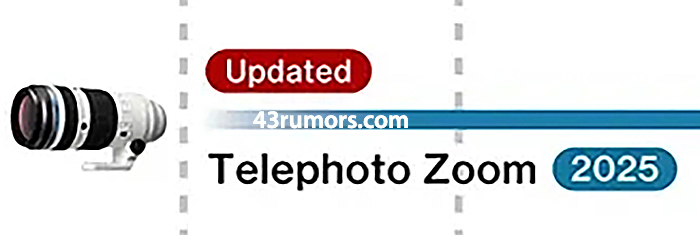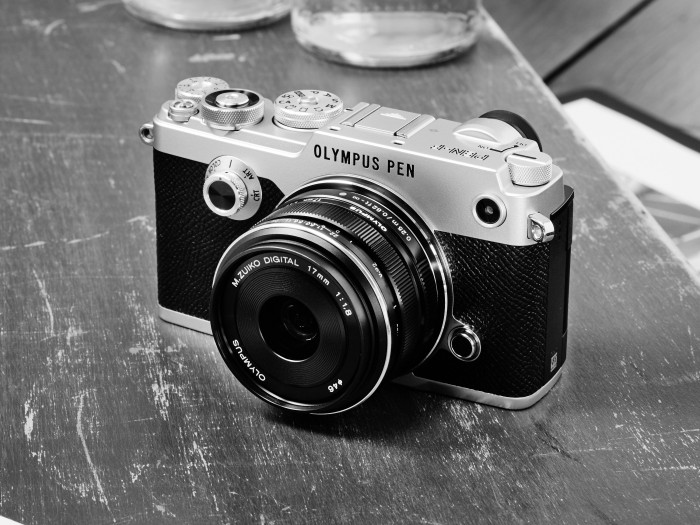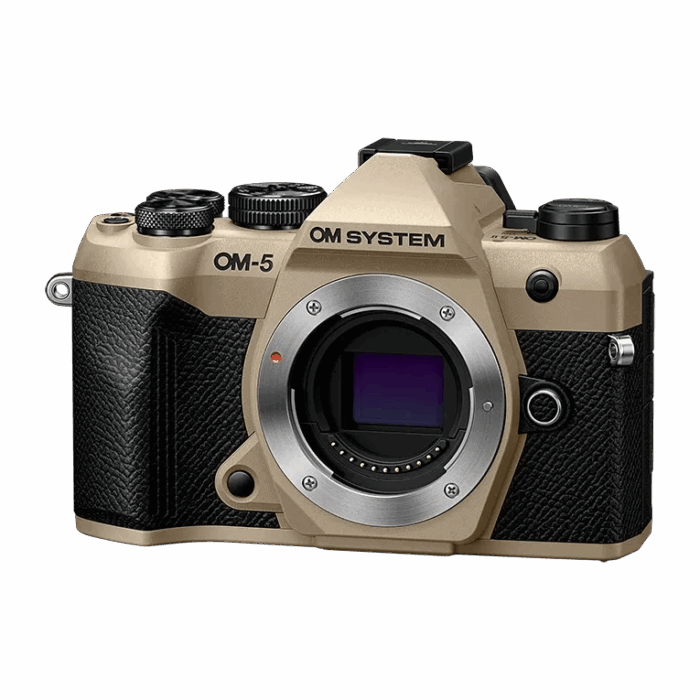Landscape photography with µFT cameras ( by Andreas Wonisch)
The following is a guest post by Andrea Wonisch. Feel free to contact me at 43rumors@gmail.com if you want to write an article for 43rumors. Thanks!
–
Landscape photography with µFT cameras
by Andreas Wonisch (www.andreas-wonisch.com)
If you think of landscape photography you usually think of photographers armed full with heavy backpacks, carrying large lenses and even larger cameras. You would think that having a professional full frame camera is the only way to go. Think again: During the last six years I almost exclusively used micro four thirds cameras and lenses to photograph landscapes all over the world.
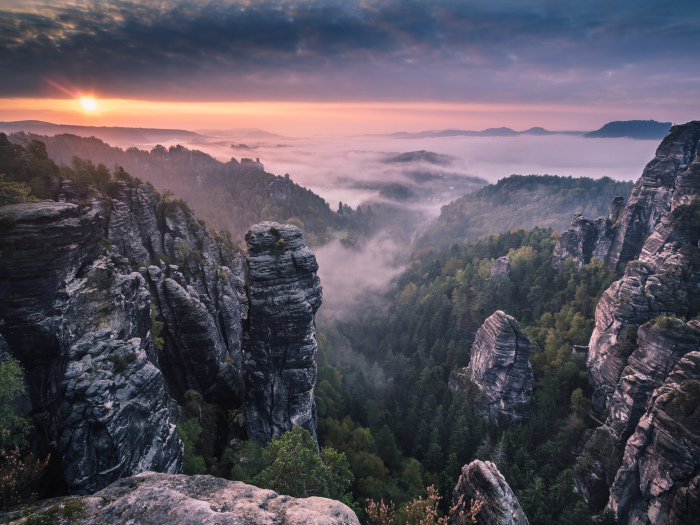
Before starting to write about why I use cameras other photographers sometimes call “toy cameras”, let me talk a little bit about my philosophy when being out in nature. My aim when doing photography is finding special places and moments in nature that I can enjoy and admire. I aim for these magical moments that may be only visible for a few fleeting minutes at best. I want to preserve and depict these moments and share them with other people so they can enjoy them as well. My camera, my lenses, my computer at home and my image processing software are all just tools that I use to better capture and represent these moments. I’m not doing photography for the sake of photography but because I enjoy nature and I’m again and again amazed by what I find there. Photography is my way to share these findings with other people.
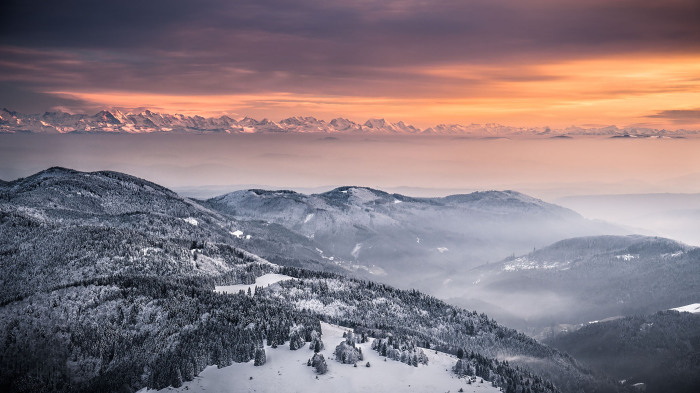
That’s why I do not aim for having the most advanced camera, the sharpest lens or the largest sensor. I feel that I need the best tool that let me create the landscapes I admire. And in the past this worked best for me when using µFT cameras. I think there are several advantages in using compact, lightweight mirrorless cameras. One is obvious: You don’t need to carry so much stuff around. This can be especially of advantage when doing hiking tours in the mountains. Just a few kilograms less can make or break a shoot since you arrive less exhausted at your location and can concentrate on the important things: the landscape around you. I remember once doing a tour in the Alps with another landscape photographer and he had to carry more than 20 kg because of his heavy gear and lenses. I was below 10 kg and still was able to do the same kind of photography.
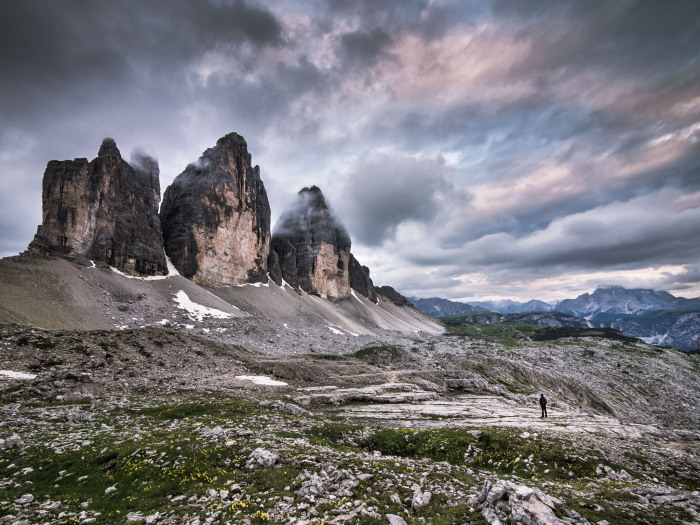
The second advantage is that with mirrorless cameras it’s really “what you see is what you get”. This is very helpful when photographing landscapes because what you see through the viewfinder of a traditional DSLR is not what your sensor will capture. This leads to the awkward technique of first looking through your viewfinder, then quickly putting the camera down and looking at your screen to find out what you captured. Often then you have to change settings again until you will be finally able to take the photo you want. With µFT cameras or mirrorless cameras in general you already see through the (electronic) viewfinder what the final photo will look like. This can significantly speed you up. This might seem counterintuitive when doing landscape photography but since the best light is usually only there for a few minutes at best you will be glad for every second you save hassling with your gear and be able to take photos instead.
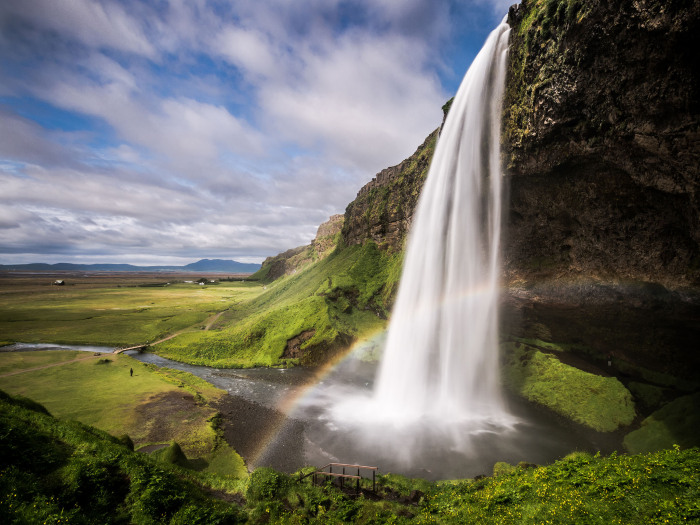
The third advantage for µFT cameras is that they are so easy to carry around. If you are a hobby photographer like me you won’t be able to carry your full gear with you everywhere. Especially not if you travel with your significant other or family. In these case syou can still bring a µFT camera with you, especially the new ultra-compact cameras like the Panasonic GM1 or GM5. I was surprised on how many good photos I took with my GM1 when being just on a leisure trip. Often you are getting great light at a moment you would least expect it. And in that moment most of the time you won’t have your heavy DSLR with you. But you can still carry a compact µFT camera almost everywhere.
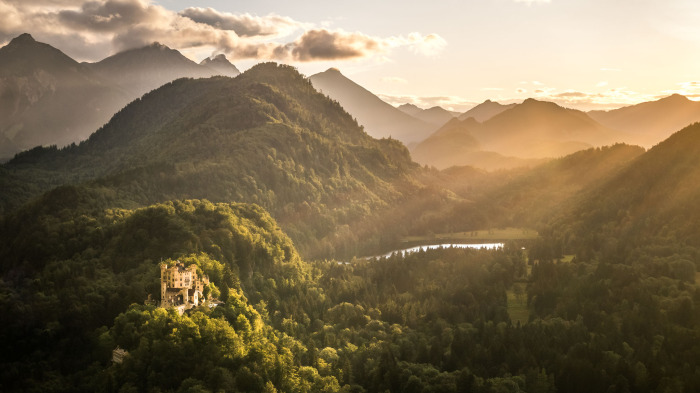
But what about the picture quality? No doubt: Full format cameras have an advantage here. And so do medium format cameras. Or even large format cameras. You will always find a camera that will do better in picture quality. But the question is: What sensor / camera size combination is the best for your photography? And here I think µFT really shines in most situations. It’s not that I do not own any other camera (for pre-planned shootings I sometimes also use a full format camera) it’s just that I like my µFT gear the most. And if you have any doubt that you are hampered in your photography efforts because you don’t own the latest, great camera forget about it. Your camera is just a device to help you share your view of the world. In my opinion the best camera is the one you don’t even notice when being surrounded by beautiful nature.
More about Andreas Wonisch’s landscape photography can be found at his Facebook page: https://www.facebook.com/andreas.wonisch.photography?ref=bookmarks
